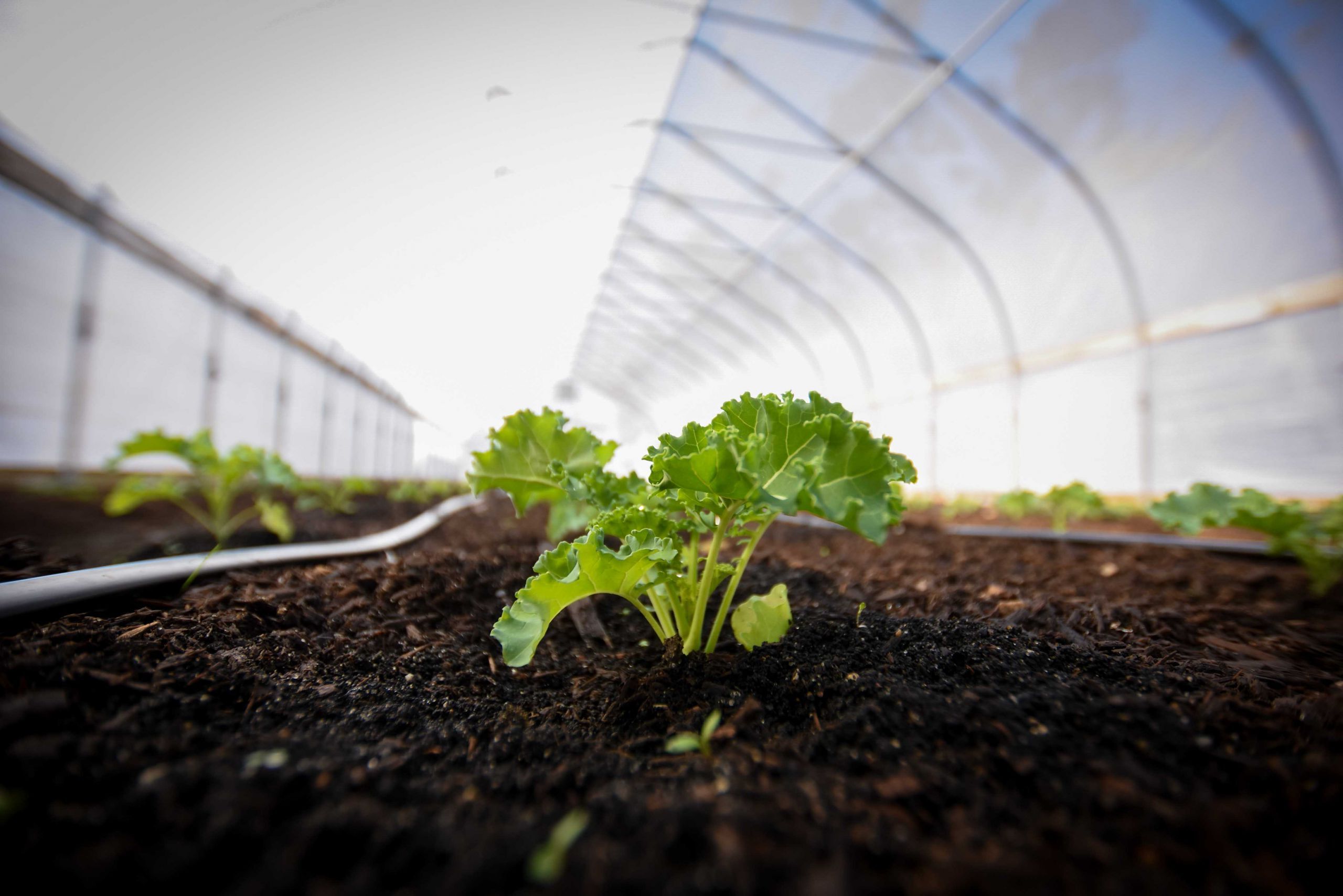
Greenhouse gases play a crucial role in our planet's climate system. These gases trap heat in the atmosphere, keeping Earth warm enough to support life. But what exactly are they, and why do they matter? Greenhouse gases include carbon dioxide, methane, nitrous oxide, and fluorinated gases. Each has a different impact on global warming. Human activities like burning fossil fuels, deforestation, and industrial processes increase their levels, leading to climate change. Understanding these gases helps us make informed choices about energy use, transportation, and conservation. Let's explore 29 fascinating facts about greenhouse gases to see how they shape our world and what we can do to mitigate their effects.
What Are Greenhouse Gases?
Greenhouse gases (GHGs) trap heat in the Earth's atmosphere, making life possible by maintaining a habitable temperature. However, excessive GHGs can lead to global warming and climate change. Here are some intriguing facts about these gases.
- Carbon dioxide (CO2) is the most prevalent greenhouse gas emitted by human activities, primarily from burning fossil fuels.
- Methane (CH4) is over 25 times more effective than CO2 at trapping heat in the atmosphere over a 100-year period.
- Water vapor is the most abundant greenhouse gas, but its levels are primarily controlled by natural processes rather than human activities.
- Nitrous oxide (N2O), commonly known as laughing gas, is about 300 times more effective at trapping heat than CO2.
- Ozone (O3) in the lower atmosphere acts as a greenhouse gas, while in the upper atmosphere, it protects us from harmful UV radiation.
- Chlorofluorocarbons (CFCs), once used in refrigeration and aerosols, are potent greenhouse gases and also deplete the ozone layer.
- Hydrofluorocarbons (HFCs) were developed as replacements for CFCs but are still powerful greenhouse gases.
Sources of Greenhouse Gases
Understanding where these gases come from helps us manage and reduce their emissions. Here are some key sources.
- Burning fossil fuels for electricity, heat, and transportation is the largest source of CO2 emissions.
- Agriculture is a significant source of methane and nitrous oxide, especially from livestock digestion and fertilizer use.
- Deforestation releases stored carbon dioxide when trees are cut down and burned or left to decay.
- Industrial processes, such as cement production, release CO2 and other greenhouse gases.
- Waste management, including landfills, produces methane as organic waste decomposes anaerobically.
- Residential heating and cooking with fossil fuels contribute to CO2 and methane emissions.
- Aviation is a growing source of greenhouse gases, with high-altitude emissions having a greater warming effect.
Effects of Greenhouse Gases
The impact of greenhouse gases extends beyond just warming the planet. Here are some of the broader effects.
- Global warming is the most well-known effect, leading to rising temperatures worldwide.
- Melting ice caps and glaciers contribute to rising sea levels, threatening coastal communities.
- Ocean acidification occurs as CO2 dissolves in seawater, harming marine life like coral reefs.
- Extreme weather events, such as hurricanes and heatwaves, are becoming more frequent and severe.
- Shifts in ecosystems and wildlife patterns occur as species adapt to changing temperatures and habitats.
- Agricultural productivity can be affected, with some regions experiencing reduced crop yields.
- Human health is at risk due to increased heat stress, spread of diseases, and poor air quality.
Mitigating Greenhouse Gas Emissions
Efforts to reduce greenhouse gas emissions are crucial for mitigating climate change. Here are some strategies.
- Renewable energy sources like wind, solar, and hydroelectric power produce little to no greenhouse gases.
- Energy efficiency improvements in buildings, vehicles, and appliances can significantly reduce emissions.
- Reforestation and afforestation help absorb CO2 from the atmosphere.
- Carbon capture and storage (CCS) technology captures CO2 emissions from industrial sources and stores them underground.
- Sustainable agriculture practices, such as reduced fertilizer use and improved livestock management, can lower methane and nitrous oxide emissions.
- Waste reduction and recycling minimize methane emissions from landfills.
- Public transportation and electric vehicles reduce emissions from personal and commercial transportation.
- International agreements, like the Paris Agreement, aim to unite countries in reducing global greenhouse gas emissions.
Final Thoughts on Greenhouse Gases
Greenhouse gases play a huge role in our planet's climate. They trap heat, keeping Earth warm enough to support life. But human activities, like burning fossil fuels and deforestation, have increased these gases, leading to global warming. This warming causes extreme weather, melting ice caps, and rising sea levels.
Understanding the impact of greenhouse gases helps us make better choices. Reducing emissions, using renewable energy, and conserving forests can slow down climate change. Every small action counts.
By staying informed and making eco-friendly decisions, we can protect our planet for future generations. Remember, the fight against climate change starts with each one of us. Let's work together to create a healthier, more sustainable world.
Was this page helpful?
Our commitment to delivering trustworthy and engaging content is at the heart of what we do. Each fact on our site is contributed by real users like you, bringing a wealth of diverse insights and information. To ensure the highest standards of accuracy and reliability, our dedicated editors meticulously review each submission. This process guarantees that the facts we share are not only fascinating but also credible. Trust in our commitment to quality and authenticity as you explore and learn with us.


